Have you ever looked at the ocean and thought, “I wish I could eat that”? Well, good news: you can! Sea vegetables, a.k.a. seaweed, are an amazing source of nutrition, and flavor-packed foods that are worth exploring.
In this post, we’ll take a closer look at three types of sea vegetables – nori, wakame, and kombu – and discover the many reasons why you should add them to your diet.
What Are Sea Vegetables?
Sea vegetables are a group of edible algae that grow in the ocean. They’re also referred to as seaweeds and have been eaten for thousands of years in Asian cultures.
The most common types of sea vegetables are nori (the dried sheets used to wrap sushi), wakame (a mild-tasting green), kombu (a thick, dark brown rope-like variety) and arame (a thin, bright green ribbon).
Seaweed may not be able to walk, but it sure knows how to roll (in sushi, that is).
Nori: The All-Purpose Seaweed
You may be familiar with nori from its use in sushi rolls, but did you know that it’s also great for snacking on its own? That’s right, you can now munch on seaweed like it’s potato chips (but with way more nutrition, of course). Nori is packed with vitamins and minerals like vitamin C, vitamin A, and iodine, making it a superfood that can boost your immune system and keep your thyroid happy.
One of the benefits of nori is its high iodine content. Iodine is a mineral that’s essential for thyroid function, which plays a crucial role in regulating your metabolism. A deficiency in iodine can lead to hypothyroidism, a condition that can cause fatigue, weight gain, and other health problems. By incorporating nori into your diet, you can help ensure that you’re getting enough iodine to keep your thyroid functioning properly.
In addition to iodine, nori is also rich in antioxidants. Antioxidants are compounds that protect your cells from damage caused by free radicals, which are unstable molecules that can harm your DNA and contribute to chronic diseases like cancer and heart disease. By eating foods that are high in antioxidants, such as nori, you can reduce your risk of developing these health problems.
Norwegian researchers recently discovered that nori contains high levels of vitamin K1 (which helps blood clot), calcium (important for strong bones), iron (which transports oxygen throughout your body) and magnesium (a mineral that relaxes muscles).
Wakame: The Superfood Seaweed
Wakame is a staple in Japanese cuisine, often used in miso soup or seaweed salads. But don’t let its slimy texture scare you off – wakame is a nutrient powerhouse that can do wonders for your health. Its high levels of antioxidants and anti-inflammatory compounds can reduce your risk of chronic diseases, while its vitamin and mineral content (including calcium, magnesium, and iron) can help keep your bones and blood healthy.
One of the benefits of wakame is its ability to reduce inflammation. Inflammation is a natural response by your immune system to injury or infection, but chronic inflammation can contribute to a range of health problems, including arthritis, diabetes, and heart disease. By eating foods that are high in anti-inflammatory compounds, such as wakame, you can help reduce your risk of developing these conditions.
Wakame is also rich in fucoxanthin, a type of carotenoid that has been shown to have anti-obesity effects. In one study, obese women who took a fucoxanthin supplement for 16 weeks lost an average of 7.5 pounds and saw a reduction in their body mass index (BMI). While more research is needed to confirm these findings, it’s clear that wakame has some impressive health benefits.
Kombu: The Thyroid-Friendly Seaweed
Kombu is a type of kelp that’s commonly used in Japanese cuisine to make dashi, a broth that’s the foundation of many soups and sauces. But kombu isn’t just a flavor enhancer – it’s also a nutritional powerhouse that can benefit your thyroid and immune system.
Like nori, kombu is high in iodine, making it a great food to add to your diet if you’re looking to support your thyroid health. In fact, just one gram of kombu can provide more than the daily recommended intake of iodine for adults. And because iodine is essential for thyroid hormone production, eating kombu regularly can help ensure that your thyroid is functioning properly.
Kombu is also rich in fucoidan, a type of carbohydrate that has been shown to have immune-boosting properties. Fucoidan has been found to stimulate the immune system, help fight off viruses and bacteria, and even have anti-tumor effects. While more research is needed to fully understand the benefits of fucoidan, it’s clear that adding kombu to your diet can have a positive impact on your immune system.
Incorporate Sea Vegetables into Your Diet, Your Consideration
While sea vegetables are a great way to add nutrients like iodine and magnesium to your diet, there are some considerations you should keep in mind.
These sea vegetables are high in sodium, it’s best not to eat too much of them at once. For example, if you were eating only nori (which has about 740 mg of sodium per sheet), that would mean you’d be getting almost half your daily recommended intake of salt all at once!
Nori, wakame, and kombu walk into a bar. The bartender says, ‘Sorry, we don’t serve seaweed here.’ Nori, wakame, and kombu reply, ‘That’s okay, we’re just here for the iodine.
List of sea vegetables: Common Edible Sea Vegetable
Sea vegetables are edible marine algae that include some of the most primitive life forms on Earth. They are low in calories, high in protein and unsaturated fatty acids, and packed with vitamins and minerals. There is considerable diversity in the edible seaweed family, available varieties that come with different nutrition profiles and uses.
The most common types of sea vegetables are:
| Common Edible Sea Vegetable | Description |
|---|---|
| Wakame | A type of brown seaweed that grows in the shallow waters of the Pacific and Atlantic oceans. It is often used in Japanese cuisine. |
| Hijiki | A type of brown seaweed that grows in the shallow waters of the Pacific and Atlantic oceans. It is often used in Japanese cuisine. |
| Kombu | A type of kelp, a large, brown seaweed that grows in the cold, shallow waters of the Pacific and Atlantic oceans. |
| Nori | A type of red algae that grows in the shallow waters of the Pacific and Atlantic oceans. It is a popular ingredient in Japanese cuisine. |
| Dulse | A type of red algae that grows in the cold, shallow waters of the Atlantic and Pacific oceans. |
| Arame | A type of brown seaweed that grows in the shallow waters of the Pacific and Atlantic oceans. It is often used in Japanese cuisine. |
| Sea Beans | Also known as the sea bean, Salicornia is a salt-tolerant plant that grows in coastal marshlands near the shore. |
| Spirulina | A type of blue-green algae that grows in freshwater and saltwater. It is often used as a dietary supplement. |
| Chlorella | A type of green algae that grows in freshwater. It is often used as a dietary supplement. |
The Bottom Line
In conclusion, seaweed is a fantastic source of nutrition and flavor that’s worth exploring. Nori, wakame, and kombu each offer their own unique benefits, from thyroid support to immune-boosting properties.
So next time you’re looking for a healthy snack or a new ingredient to add to your meals, consider reaching for some seaweed – your body (and taste buds) will thank you. And who knows, maybe one day seaweed will be the new kale!

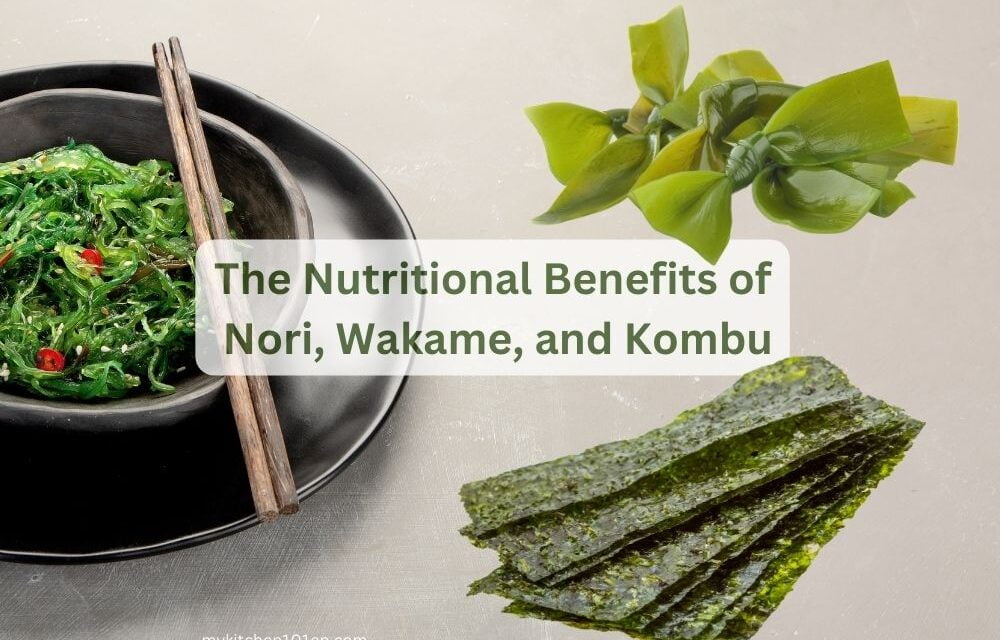
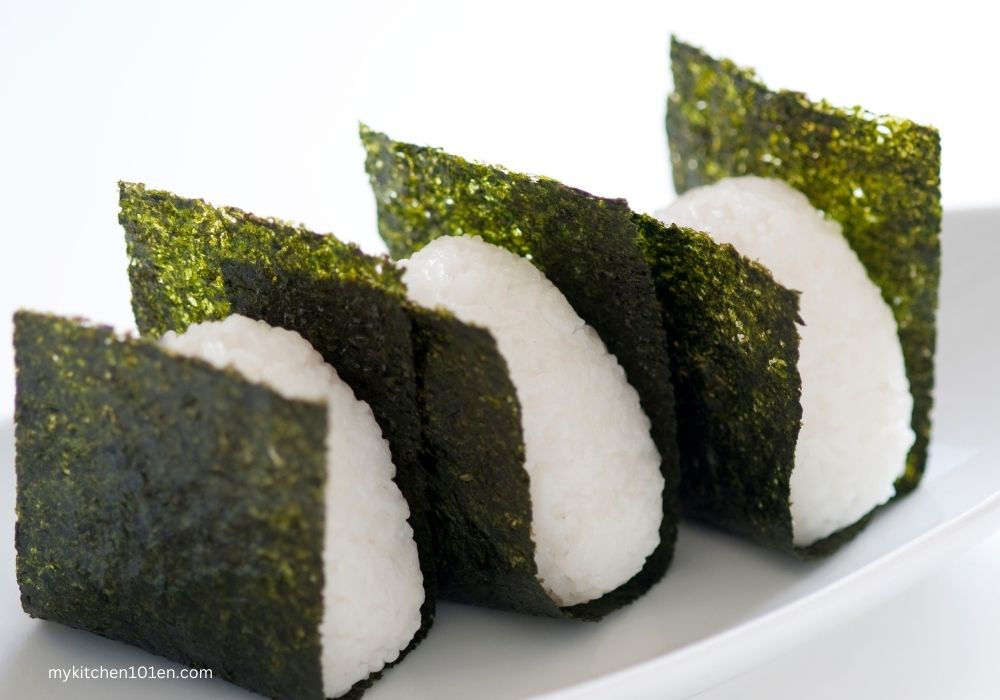
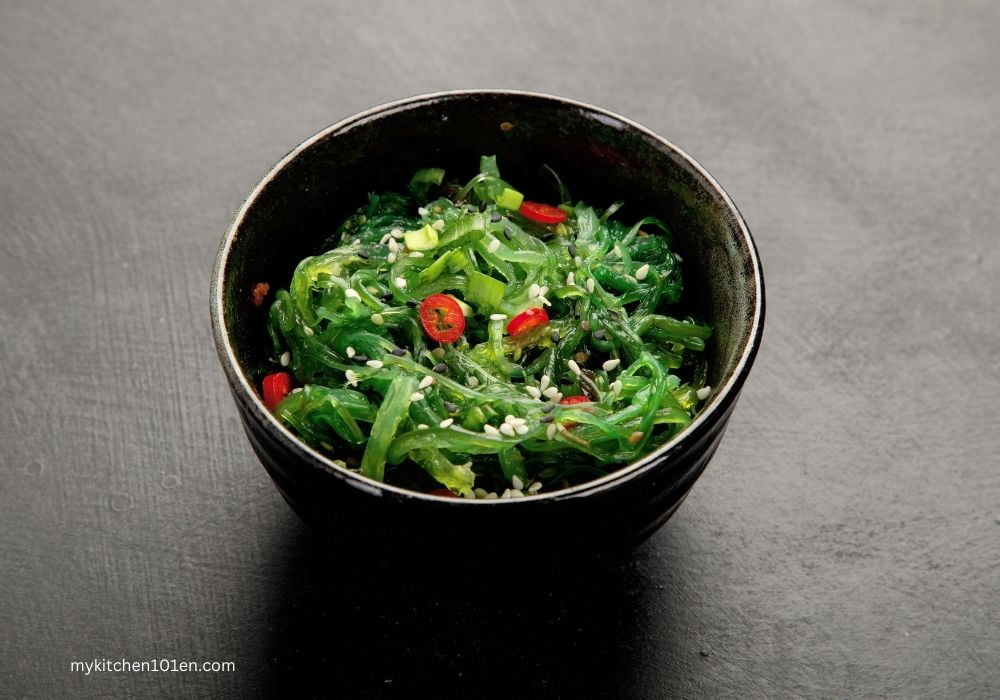
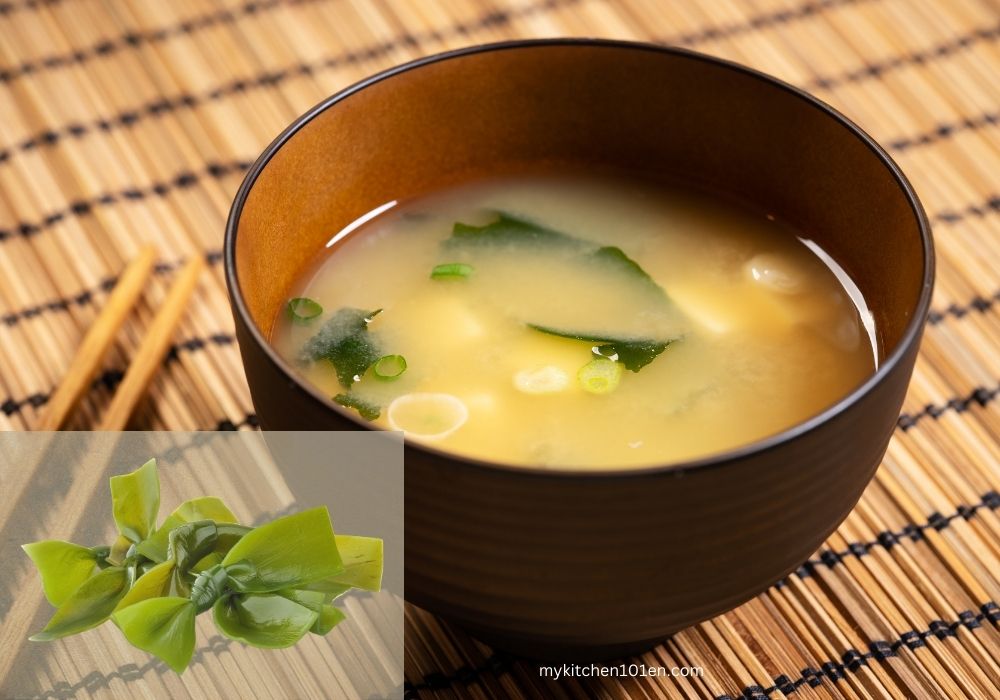


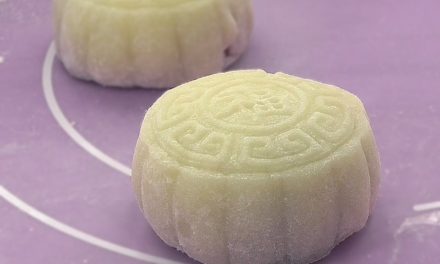

Trackbacks/Pingbacks